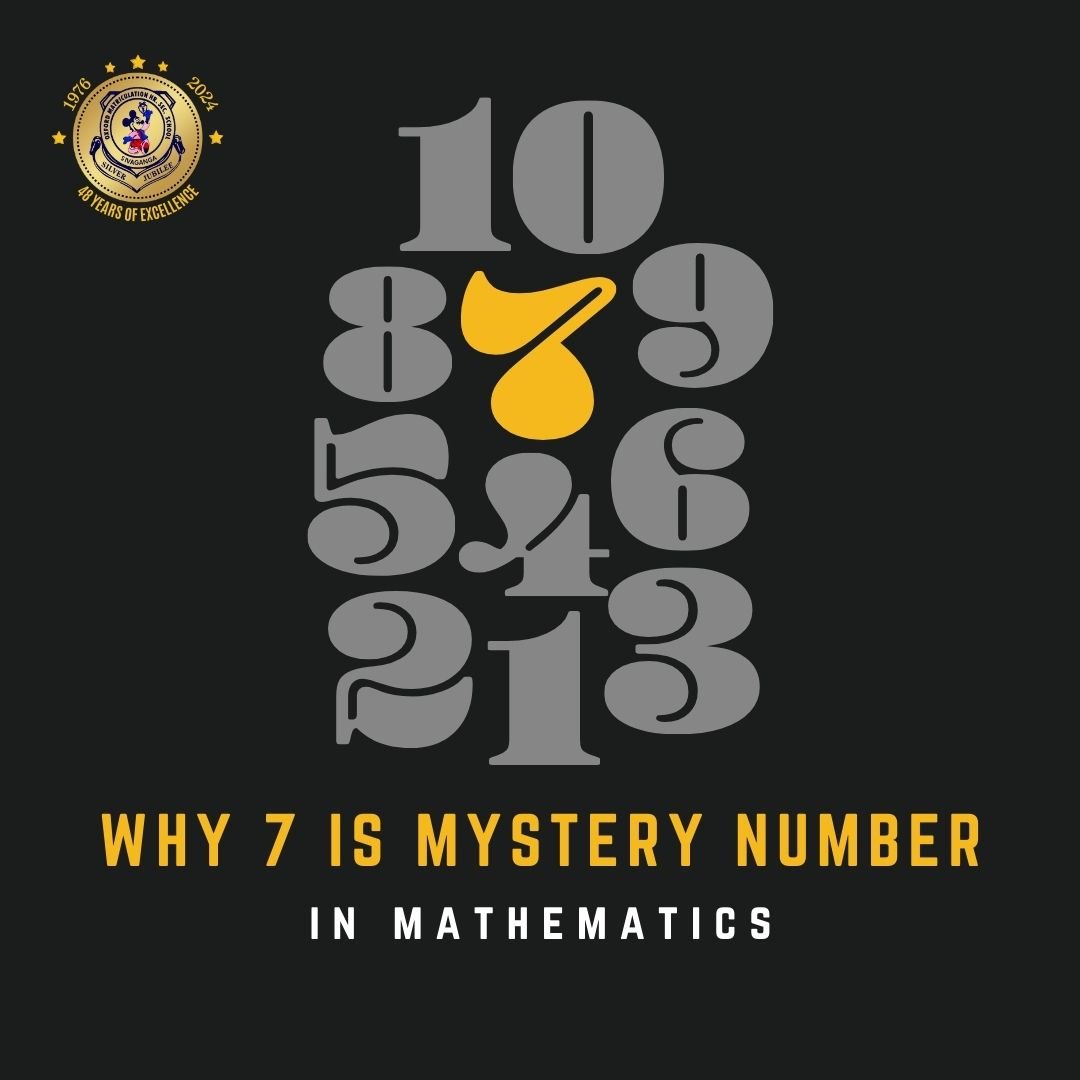Introduction Welcome to the exciting world of science right in your own home! This blog is designed to help you explore fun and simple experiments using everyday materials. These activities are perfect for enhancing your understanding of scientific concepts and satisfying your curiosity about how the world works. Let’s dive into some easy experiments that you can try today! 1. Magic Milk Experiment Objective: To observe chemical reactions and color mixing. Materials Needed: Procedure: Explanation: The dish soap reduces the surface tension of the milk, causing the fat particles in the milk to move rapidly. This movement pushes the food coloring around, creating colorful patterns. 2. Build a Simple Circuit Objective: To understand how electrical circuits work. Materials Needed: Procedure: Explanation: By connecting the wires, you complete an electrical circuit, allowing electricity to flow from the battery to the light bulb and back, lighting the bulb. 3. Vinegar and Baking Soda Volcano Objective: To explore chemical reactions. Materials Needed: Procedure: Explanation: The baking soda (a base) and the vinegar (an acid) react to form carbon dioxide gas, which creates bubbles and foam that look like lava erupting from a volcano. Safety Tips: Conclusion Science is all around us, and experimenting at home is a fantastic way to see it in action. These simple experiments are not just fun; they’re educational, showing you firsthand how different scientific principles create the world we live in. So, grab your materials, follow the steps, and get ready to be amazed by science! Remember to share your results and what you learned with your classmates and teachers. Happy experimenting!
Seven Simple Steps to Master Any Academic Subject
Learning new things can be exciting and a bit challenging. Whether it’s math, science, history, or language arts, here’s a step-by-step guide that can help you grasp any subject more effectively, even if you’re in 7th grade! 1. Set Clear Goals 2. Break It Down 3. Use a Variety of Resources 4. Create a Study Schedule 5. Practice Actively 6. Review Regularly 7. Stay Curious and Ask Questions Conclusion By following these seven steps, you can tackle any academic subject more effectively. Each step helps build a strong foundation in your learning process, making you more confident and capable in your studies. Remember, the key to learning anything successfully is to stay organized, be curious, and keep practicing. You’ve got this!
Discovering the Mystery of Number 7 in Mathematics
Introduction The number 7 has long been considered a number shrouded in mystery and significance across various cultures and disciplines. In mathematics, 7 stands out for its unique properties and the intriguing roles it plays. This blog explores why 7 has captured the fascination of mathematicians, scientists, and even the general public. 1. Prime Uniqueness What Makes 7 Special: 7 is a prime number, which means it can only be divided by 1 and itself without leaving a remainder. Mathematical Significance: Being a prime number makes 7 fundamentally important in number theory. It’s part of the family of numbers that cannot be broken down into simpler multipliers, which has deep implications in fields like cryptography and computer algorithms. 2. Psychological Impact Why It Stands Out: Studies suggest that the human brain can comfortably remember up to 7 items (+/- 2), known as Miller’s Law in psychology. Cultural Presence: The prevalence of 7 in cultures is notable—it appears in the days of the week, wonders of the world, and even in many religious texts, enhancing its mystical aura. 3. Fibonacci Sequence Connection to 7: Although 7 is not a Fibonacci number, it appears interestingly in various calculations related to the sequence, such as approximations and formula derivations. Role in Nature: The Fibonacci sequence, which is closely related to the golden ratio, appears extensively in natural patterns and phenomena, linking 7 indirectly to natural aesthetics and growth patterns. 4. Recurring in Probability and Games Gaming Example: In many games of chance, such as rolling dice, 7 is the most probable number to appear, adding to its aura of ‘luck’ or ‘fate’. Mathematical Curiosity: This probability arises because there are more combinations to roll a 7 with two dice than any other number, which intrigues both mathematicians and gamblers. 5. Appearance in Complex Theories Theoretical Examples: In higher mathematics, such as knot theory and complex number theory, 7 appears in several essential classifications and theorems. Complexity and Mystery: These appearances add layers to the number’s mystique, as these theories are often not accessible or easily understandable to the average person, enhancing its enigmatic reputation. Conclusion The number 7 is more than just a numeral—it’s a symbol of complexity, natural beauty, and deep mathematical significance. Its presence in so many aspects of life and science makes it a truly mysterious number, inviting curiosity and exploration.



